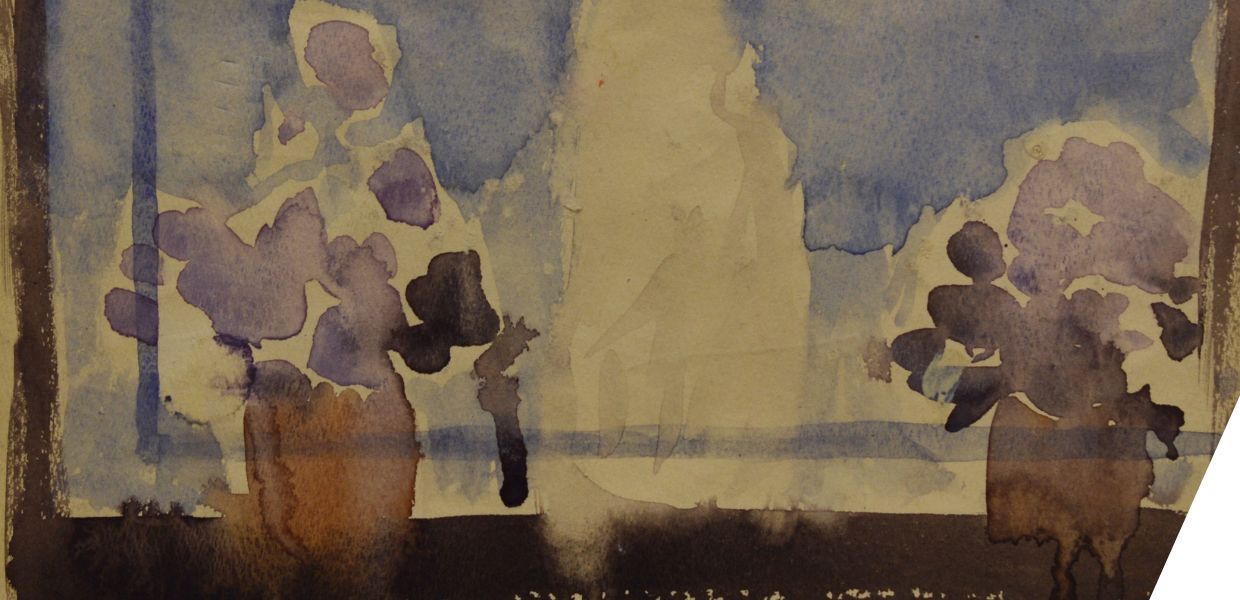As a relatively small organisation based in The Hague, it would be impossible for the Europeana Foundation to work directly with all cultural heritage institutions who want to share data with Europeana. Instead we work with aggregators - organisations who gather data and make it accessible through the Europeana website. Aggregators act as a bridge between the Europeana Foundation and cultural heritage institutions, who they help to get their data published. Cultural heritage institutions don’t need to be directly involved with the data ingestion process, which is taken care of by the aggregator, in collaboration with the Europeana Foundation.
However, the Metis Sandbox now opens the door for cultural heritage institutions to get more involved in the data ingestion process, if they are interested in this and if their data is suitable for it. This has the potential to benefit the process of dataset updates even more - read on to discover how.
How the the Milutin Bojić Library used the Sandbox
The possibility for cultural heritage institutions to get involved in the data ingestion process using the Sandbox is demonstrated by the collaboration of the Milutin Bojić Library and the National Library of Serbia (the country’s national aggregator) with the Europeana Foundation.
Andrija Sagic, Head of the Digitisation Department of the Milutin Bojić Library and Co-Chair of the EuropeanaTech community, was in the process of preparing data for the first time for publication on the Europeana website. The collections from the Milutin Bojić Library were also the first data from Serbia to use the International Image Interoperability Framework (IIIF) to deliver the manuscripts and documents in the highest possible quality. Andrija Sagic is very familiar with IIIF and is the IIIF ambassador for Serbia.
In the past, Andrija would have submitted the data to the National Library of Serbia, which would have sent it to the Europeana Foundation for processing in Metis. Feedback would have travelled back via the National Library to Andrija before the process started again, until the data was ready for publication. This could have taken days, if not weeks. Using the Metis Sandbox, however, the process was completed in only one afternoon. Working on one metadata record in the Sandbox helped to find and iron out a few issues until the data was not only valid but resulted in the desired display on the Europeana website.
With this experience, Andrija prepared the entire collection and sent it to the National Library of Serbia for mapping to the Europeana Data Model (EDM). Providing support and guidance to cultural heritage institutions on how to model or map their data in EDM is one key responsibility of aggregators, particularly as cultural heritage institutions don’t work with EDM but different metadata schemas. After another test with the Metis Sandbox, the collection was ready to be ingested to Europeana.
Andrija says, ‘I would like to thank you a lot for helping us in the beginning to define all parameters that were needed to prepare our data. The Metis Sandbox has played a big role in testing and previewing datasets and also for assessing the metadata quality. Together with Tamara Butigan and her team from the National Aggregator of Serbia we got all that was needed to eventually have the collection published on the Europeana website.’
How you can use the Sandbox for your data
Not every cultural heritage institution is able to produce data in EDM or map their metadata to EDM, but they can still use the Metis Sandbox for testing data. Using the coding language Extensible Stylesheet Language Transformations (XSLT), XML documents can be transformed into other XML documents. This allows metadata in Dublin Core or MARC21 to be transformed into EDM. In addition to the actual data, the XSLT can be uploaded to the Metis Sandbox. The application will then apply the uploaded transformation while processing the data, and cultural heritage institutions will then be able to preview what the data will look like on the Europeana website.
If you work for a cultural heritage institution that would like to test working with the Metis Sandbox, but don’t have an XSLT for your own data to map it to EDM, please contact us by emailing henning.scholz@europeana.eu. We can either provide you with a customised XSLT for your data, if available, or send you a generic XSLT that will also allow you to get an idea how your data will look in Europeana. This can be a very valuable first step before you then work with your aggregator to finalise the process and get your collection ready for Europeana, just like Andrija has done for the Milutin Bojić Library.
Find out more
This news post is the third in our January Europeana Pro News focus on the Metis Sandbox! Keep following Europeana Pro News for more - our next post will explore how the Sandbox will evolve to meet the needs of the common European data space for cultural heritage. You can also find out more about how to share your data with Europeana.



